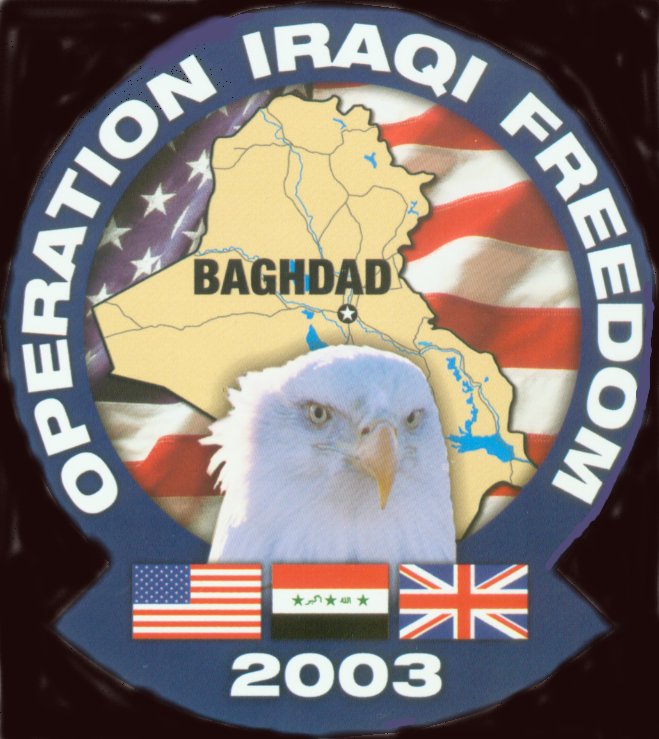


Ambassador to Iraq Ryan Crocker, and Secretary Gates, have suggested that lasting change in Iraq will require substantially more time, and that while the U.S. contractors, who provide substantial support to their Iraqi counterparts in the fields of security, governance, and development. troops deployed in Iraq, in addition to civilian experts and U.S. The United States begins this transition from a position of significant commitment – including some 140,000 U.S. combat forces by August 2010 and the transition of the rest of the military mission to training and advising Iraq security forces, conducting counter-terrorism operations, and providing force protection for U.S. On February 27, 2009, at Camp Lejeune in North Carolina, President Obama delivered a speech addressing “how the war in Iraq will end,” in which he announced the drawdown of U.S. military efforts has shifted from counterinsurgency (COIN) to stability operations, including advising the Iraqi Security Forces (ISF), and supporting security, economic, and governance capacity-building. military commanders on the ground have indicated that in most parts of Iraq, the focus of U.S. Secretary of Defense Robert Gates called the agreement a “watershed, a firm indication that American military involvement in Iraq is winding down.” U.S. A new U.S.-Iraqi security agreement that went into effect on January 1, 2009, which confirmed the Iraqis’ responsibility for their own security, introduced a new era in OIF and in US-Iraqi bilateral relations. In 2009, the war in Iraq appears to be winding down, as security gains made since the height of the insurgency in 20 continue to be sustained, and as Iraqis increasingly seek management of their own affairs. Over time, the focus of OIF shifted from regime removal to the more open-ended mission of helping the Government of Iraq (GoI) improve security, establish a system of governance, and foster economic development. Thomas Donnelly is a resident fellow in defense and national security studies at the American Enterprise Institute.Operation Iraqi Freedom (OIF), the U.S.-led coalition military operation in Iraq, was launched on March 20, 2003, with the immediate stated goal of removing Saddam Hussein’s regime and destroying its ability to use weapons of mass destruction or to make them available to terrorists. Donnelly believes the latter is simply a euphemism for defeat. The question now is whether America will transform itself for the long, hard fight ahead or pursue a more limited victory. The global war on terror is a marathon, Donnelly argues, but the United States has a military - indeed, an entire national security bureaucracy - built for sprints. Drawing on firsthand research in postwar Iraq, Donnelly argues that military planning did not fully reflect the administration’s policy, with the Pentagon’s desire to fight a quick war ultimately undercutting its ability to fight a decisive war. Looking past the prewar debate in the UN Security Council and postwar recriminations over weapons of mass destruction, Donnelly argues that the Bush administration charted the correct strategy in Iraq but has failed to match its military means to its strategic ends.ĭonnelly traces the origins of the Iraq war over the past quarter century to the collapsing political order in the Middle East and President Bush’s fundamental belief, following the September 11 attacks, that America will not be safe until the Middle East is free. Why did the United States go to war in Iraq - and what does it seek to accomplish there? This is the question that veteran defense analyst and AEI Resident Fellow Thomas Donnelly seeks to answer in his study of Operation Iraqi Freedom. This title is currently out of print, but online booksellers sometimes have used copies available.


 0 kommentar(er)
0 kommentar(er)
